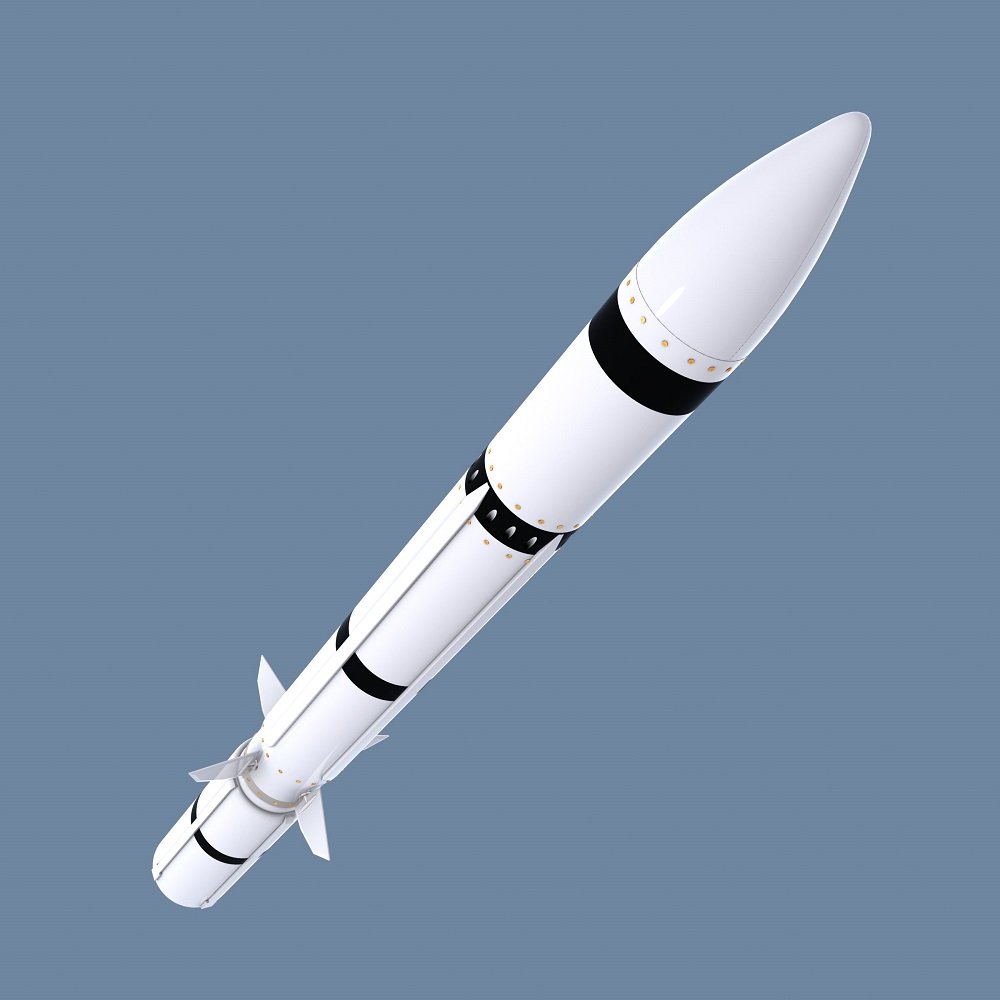
Raytheon SM-3 Block IIA Missile Enters Full-Rate Production
According to a PR published by Raytheon on October 15, 2024, the division of RTX, has received approval to begin full-rate production of its Standard Missile-3 (SM-3) Block IIA. The milestone comes amid growing demand from the United States and allied nations, including Japan.
Following this approval, the U.S. Missile Defense Agency awarded Raytheon a $1.9 billion contract in July 2024 to produce SM-3 Block IIA missiles for both U.S. defense needs and Japan’s Ministry of Defense.
The SM-3 Block IIA, developed in collaboration with Japan’s defense industry and the U.S. Missile Defense Agency (MDA), represents a major advancement in missile defense technology. The missile features larger rocket motors and an improved kinetic warhead, enhancing its ability to neutralize short- and intermediate-range ballistic missile threats across broader regions.
Production for the SM-3 Block IIA will take place at Raytheon’s facilities in Tucson, Arizona, and Huntsville, Alabama, with the program expected to be completed by February 2031.
SM-3 Block IIA
The SM-3 Block IIA missile is a significant upgrade within the Standard Missile-3 (SM-3) family, co-developed by the U.S. Missile Defense Agency and Japan’s Ministry of Defense.
This missile is specifically designed to intercept medium and intermediate-range ballistic missiles. A core feature is its enhanced 21-inch diameter, larger than its predecessors, allowing for increased fuel capacity. This, in turn, boosts its range and speed, enabling it to cover a wider defense area. The missile employs larger rocket motors and a more advanced kill vehicle, significantly improving its ability to target and destroy incoming threats in space through kinetic impact.
The Block IIA variant is integrated into the Aegis Ballistic Missile Defense (BMD) system, providing operational flexibility by being deployable from both ships and land-based sites (Aegis Ashore). This broader deployment capability expands its utility in protecting U.S. and allied forces across different regions. Additionally, the missile’s advanced seeker and guidance system enables greater accuracy in intercepting ballistic missile threats, enhancing defense layers against potential attacks.
The missile is part of a larger ballistic missile defense strategy, integrating with the European Phased Adaptive Approach (EPAA) to protect NATO allies from missile threats.


